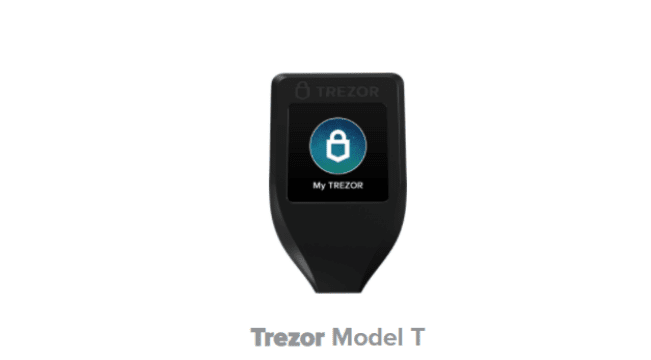The crypto wallet landscape is rife with innovation, but two recent introductions have sparked debates on security and user experience: Ledger’s Recovery Service and Trezor’s Shamir Backup. Here, we delve into these unique features, comparing their approach to safeguarding your digital assets and considering their implications on privacy and user control.
Ledger’s Recovery Service: A Safety Net for Seed Phrases
First off, let’s explore the Ledger Recovery Service. This Paris-based crypto wallet provider introduced a solution aimed at mitigating the risk of lost seed phrases, essentially creating a safety net for users who misplace their recovery key.
When you subscribe to the Ledger Recover service, your private key is encrypted, duplicated, and divided into three fragments. Each fragment is secured by a separate company: Coincover, Ledger, and an independent backup service provider. These fragments are useless on their own, but when you need access to your wallet, two of the three parties send fragments back to your Ledger device to reconstitute your private key.
However, this feature has come under scrutiny due to concerns about privacy, given the requirement for users to provide a government-issued ID to use the service, and security, given that two out of three parties can theoretically access the wallet.
Trezor’s Shamir Backup: A Multi-Part Solution
On the other hand, Trezor’s Shamir Backup introduces a unique approach to the seed phrase dilemma. Named after Adi Shamir, a co-inventor of the RSA algorithm, Shamir Backup is a multi-part recovery seed system. It splits a recovery seed into multiple parts, each useless on its own. To recover a wallet, a user needs a specific number of parts, defined when setting up the backup.
Unlike Ledger’s approach, Trezor’s Shamir Backup is entirely in the user’s control – there’s no need to trust a third party with your recovery seed. The potential drawback is that managing and safely storing multiple parts of a seed can be more complex and demanding for the user.
Comparing Ledger’s Recovery Service and Trezor’s Shamir Backup
Both Ledger and Trezor have developed solutions to address a common pain point in crypto management: the loss of seed phrases. However, they take fundamentally different approaches.
Ledger’s Recovery Service stores encrypted fragments of a user’s private key with third-party custodians. While this offers a convenient way for users to recover their wallets, it relies on trust in Ledger and the third parties involved.
On the contrary, Trezor’s Shamir Backup gives users full control over their recovery seeds, splitting them into multiple parts that the user stores independently. This method ensures higher privacy, but it also demands a more hands-on approach from the user.
In conclusion, the choice between Ledger’s Recovery Service and Trezor’s Shamir Backup boils down to a trade-off between convenience and trust versus privacy and user control. As with many things in the crypto world, the best choice depends on the individual user’s preferences and needs.
Keywords: Ledger Recovery Service, Trezor Shamir Backup, crypto wallet, seed phrase, recovery key, user experience, privacy, security, crypto management.
Meta Description: Explore the differences between Ledger’s Recovery Service and Trezor’s Shamir Backup. Understand how these unique features aim to enhance security and user experience in crypto wallet management.














Leave a Reply